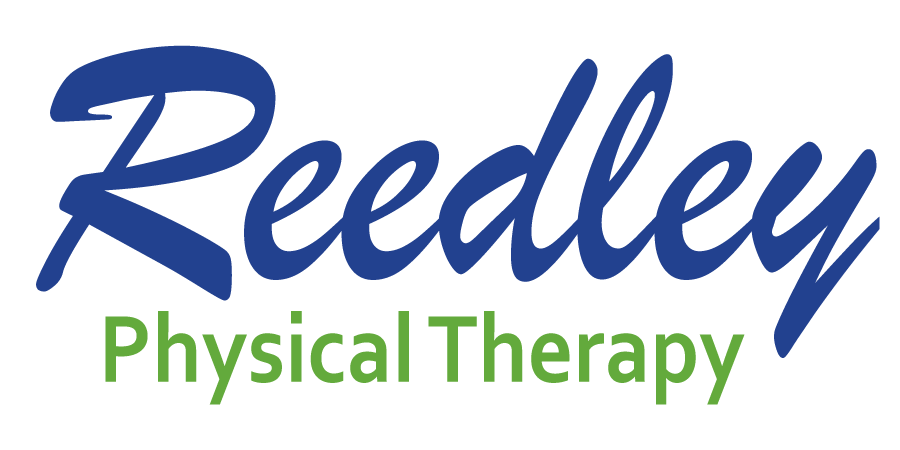Movement is Medicine: Massage vs. Physical Therapy
People often associate massage with physical therapy. While many times as a physical therapist I utilize soft tissue techniques, we are distinctly different in our approach to treatment than a massage therapist.
Massage is a beneficial form of bodywork that increases circulation, releases endorphins, relaxes and lengthens muscles. It has been shown to reduce anxiety and stress and helps people recover from muscle strains or injury. There are many different types and forms of massage including light touch, deep tissue, hot stone, Thai massage (stretching) and trigger point massage. Each type has a specific purpose yet the goals are similar – reduce tissue tension and restore the tissue/muscle to its resting length.
Keep in mind that muscle tissue is not just its own entity, it is innervated by our nervous system, with our brain command central. Here is where the mind body connection comes in. Our nervous system is in constant contact with our muscles and receptors throughout our body. Therefore an overactive or stressed nervous system may be sending signals to muscles causing them to remain on alert and ready for action.
If the nervous system is not able to relax then the soft tissue work being performed may not be as effective. In some cases damage to a joint or loss of joint range of motion (ROM) may cause the brain to send signals to keep muscles around the joint to tighten and protect the area. Other times an overactive nervous system, due to stress or emotional pain, may cause muscles to be abnormally tight as a form of protection from perceived dangers.
Perceived tightness is another type of muscle tightness that is experienced. This type of tightness occurs when a muscle feels tight and restricted yet the person has good flexibility in the muscle. Hours spent trying to massage the muscle or stretch it out may only provide temporary relief. In this situation the tissue (or local joint) actually needs stability or strength in the “right” supporting muscles so the compensatory muscle/s can remain relaxed. The muscle that feels tight is actually trying to stabilize something that it is not supposed to be stabilizing.
As a physical therapist I approach the muscle tightness with a careful assessment and evaluation looking for the underlying cause of the tightness. Are the muscles tight due to being in protection mode, is there a joint injury associated, does the patient have other stressors that may be contributing to muscle tightness? Many times restoring joint range of motion will allow the muscles to relax. In other situations there is increased soft tissue tightness because the muscles are not firing in the proper sequence. In this case, massage will relax the muscle however will not change the sequencing and the symptoms may return.
My goal as a physical therapist is to first restore mobility to an area. Mobility means both length in soft tissues and ROM in the nearby joint. Once you have mobility we begin to retrain the ability to stabilize the area. Once you have motion and stabilization we can progress to more advanced exercises.
While massage and soft tissue mobilization is a large part of physical therapy, don’t be surprised if your therapist does NOT massage you. Your body may be showing them that other types of treatment will resolve the underlying limitation to restoring full range of motion and soft tissue mobility.
Learn more about movement, fitness and health in this space each week or by visiting www.alliancehealthfresno.com, or calling 478-5833. Dr. Maria Fermoile is a doctor of physical therapy at Alliance Health in Fresno. She will be happy to answer questions submitted to maria@reedleyphysicaltherapy.com.


